Ashtabula Bridge Disaster Monument
A monument to the “unrecognized dead” of the tragic 1876 train crash.
On December 29, 1876, the Pacific Express was battling its way through a blizzard during its evening run from Buffalo to Cleveland. The train consisted of two engines, named Socrates and Columbia, hauling 11 railcars and 159 passengers and crew.
At 7:30 p.m., as the train crossed the Ashtabula Bridge, the passengers heard a mighty crack and the world began to collapse around them. The engineer of the lead locomotive heard it too, and gave Socrates full steam as it approached the end of the bridge. Socrates made it across, but the coupling behind tore free as the bridge collapsed, taking the rest of the train with it.
The second engine and all 11 railcars tumbled 76 feet into the water, ice, and snow below the bridge. Those who weren’t killed in the crash soon found themselves engulfed in flames as the fires from heating stoves and lamps turned the wooden wreckage of the cars into an inferno.
The crash echoed through the night air and was heard for miles around. People raced to the scene, including a reporter from the Cincinnati Gazette, who later described what he saw:
“On each side of the ravine frowned the dark and bare arches from which the treacherous timbers had fallen, while at their base the great heaps of ruins covered the hundred men, women and children who had so suddenly been called to their death… Piles of iron lay on the thick ice or bedded in the shallow water of the stream. The fires smoldered in great heaps, where many of the hapless victims had been all consumed, men went about in wild excitement seeking some traces of loved ones among the wounded or dead.”
Local townspeople did their best to help the survivors. At the same time, there were reports of local bandits stealing money and valuables from the wounded and the dead, and in some cases murdering injured passengers for their money and jewelry.
Of the 159 passengers and crew traveling on the Pacific Express that night, 92 were killed or died later from their injuries. A further 64 people were injured. Among the dead were the American gospel singer and hymn writer Philip Bliss and his wife. Bliss initially escaped the crash but returned to a burning carriage to look for his wife. Their bodies were never found. Of the 92 fatalities, 48 were unrecognizable or, like Bliss and his wife, consumed entirely by the flames.
Today, the city of Ashtabula, Ohio, has three memorials to the Ashtabula Bridge Disaster (also known as the “Ashtabula Horror”). There’s a plaque near the crash scene, an audio memorial outside the local hospital, and a monument in the cemetery.
The monument was unveiled on May 30, 1895, 19 years after the disaster. The stone obelisk stands in Chestnut Grove Cemetery, and is dedicated to “the unrecognized dead of the Ashtabula Bridge Disaster.” Buried beneath the memorial are 19 bodies from the wreck that were recovered but never identified. On one side of the monument’s base are the names of 24 people known to have died among “the unrecognized,” with a note below stating “Names of others could not be obtained.”
Also in Chestnut Grove Cemetery, and not far from the monument, is the grave of Charles Collins. Collins worked for the Lake Shore & Michigan Southern Railway and was in charge of the maintenance of the railroad tracks in Ashtabula. He also helped design the bridge. Prior to its tragic collapse, he had expressed concerns to friends regarding the stability of the 154-foot-long iron bridge. He died in 1877, the year after the disaster. Many claim that he died by suicide because of what happened, while some historians argue that he died of natural causes. Local legend says that his ghost still wanders the cemetery, and that Collins has been seen weeping near the monument to those who died that night on the Ashtabula Bridge.
Know Before You Go
The Ashtabula Bridge Disaster Monument is located in Chestnut Grove Cemetery in Ashtabula, Ohio. The cemetery is at the end of Grove Drive, off Main Avenue. The obelisk is at the top of the hill, near the center of the cemetery. Upon entering the cemetery there is a blue sign noting the memorial. Stay to the right, follow it up the hill, watch for the next blue sign, and turn left. You'll pass Charles Collins's mausoleum (the only one there) then the memorial is on the right.

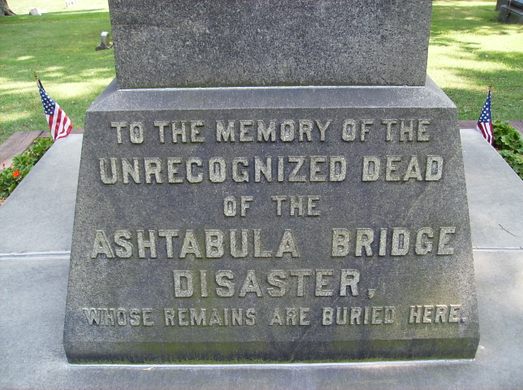
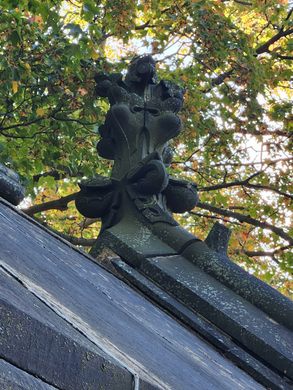

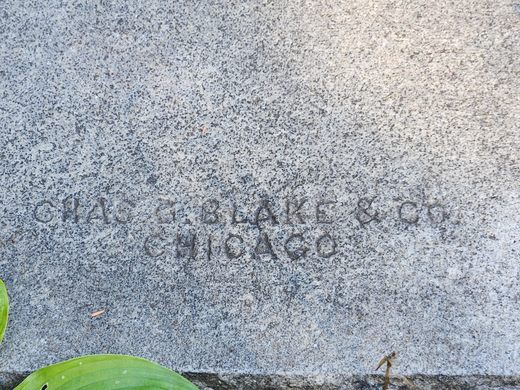
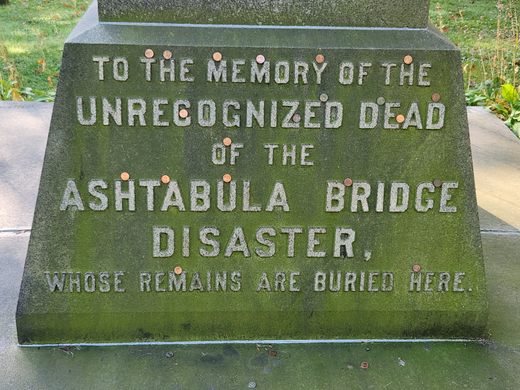
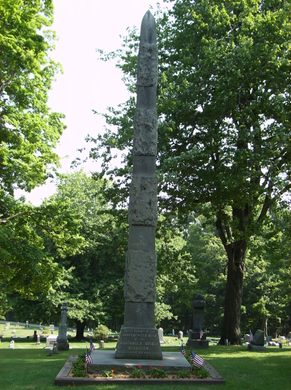
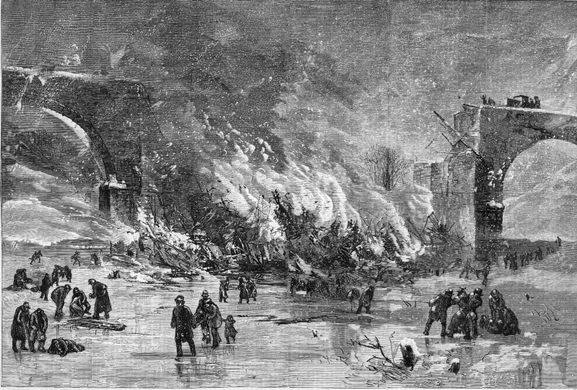
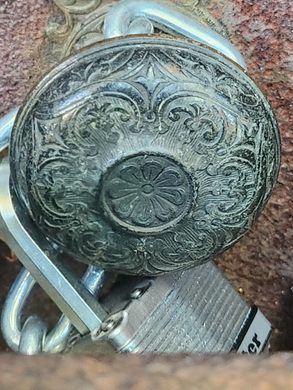
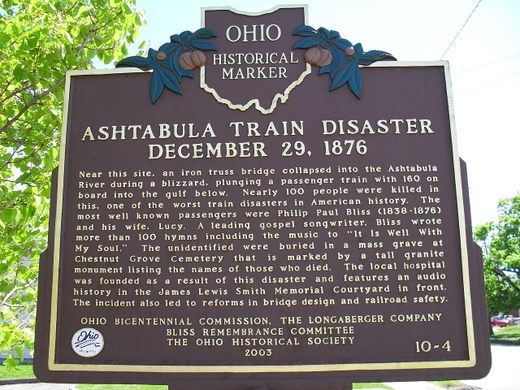












Follow us on Twitter to get the latest on the world's hidden wonders.
Like us on Facebook to get the latest on the world's hidden wonders.
Follow us on Twitter Like us on Facebook